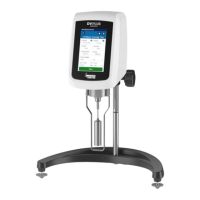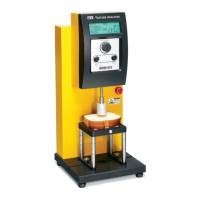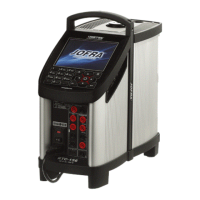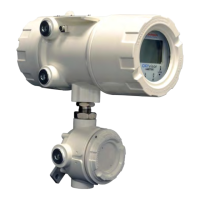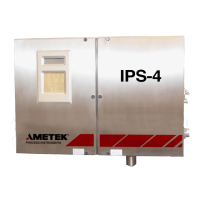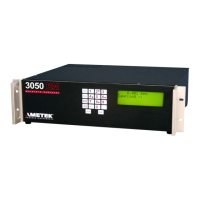M19-2101 REVISION 2.0 DVNEXT RHEOMETER - OPERATIONAL MANUAL
3.3 Programming
The DVNext Rheometer provides a powerful programming capability for data collection. The interface in Configure
Viscosity Test allows for control of all instrument parameters including Spindle, Speed, Temperature (optional), End
Condition, Data Collection, Instructions, Reports, Density, and QC Limits (described in the next sections of this
chapter). Any collection of these parameters is considered a Test Step. The DVNext allows you to create multiple
steps to better evaluate your sample material. Several parameters are only active in the first step including Spindle
and Instructions.
Multiple steps in a Test can be useful to evaluate the rheology of a sample or to simply aid in data collection. A multi-
step Test that has a change in speed in each step can show Newtonian or non-Newtonian flow behavior. A first step
with No Data can be useful when pre shearing is required. A step with No Data can be useful when a temperature
change is aected, and some time is required for thermal equilibrium.
The Configure Viscosity Test screen (see Figure 2I-1) includes several tools for creating Tests with multiple steps.
Figure 3-1
Navigation /
Add:
Use the to add a new step at the end of the Test. Use the to navigate to
previous steps.
Delete: Delete the current step.
Insert: Insert a new step after the current step.
Two multi-step Tests are shown below. The first Test shows a three-step Test where each step has a dierent speed
with a single data point collection. The results will include three viscosity points, one for each speed. The second
Test shows a two-step Test where the first step is a pre- shear step. The pre-shear is conducted at 200 RPM for one
minute and no data is collected.
The second step generates a single data point.
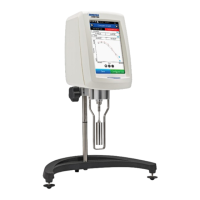
